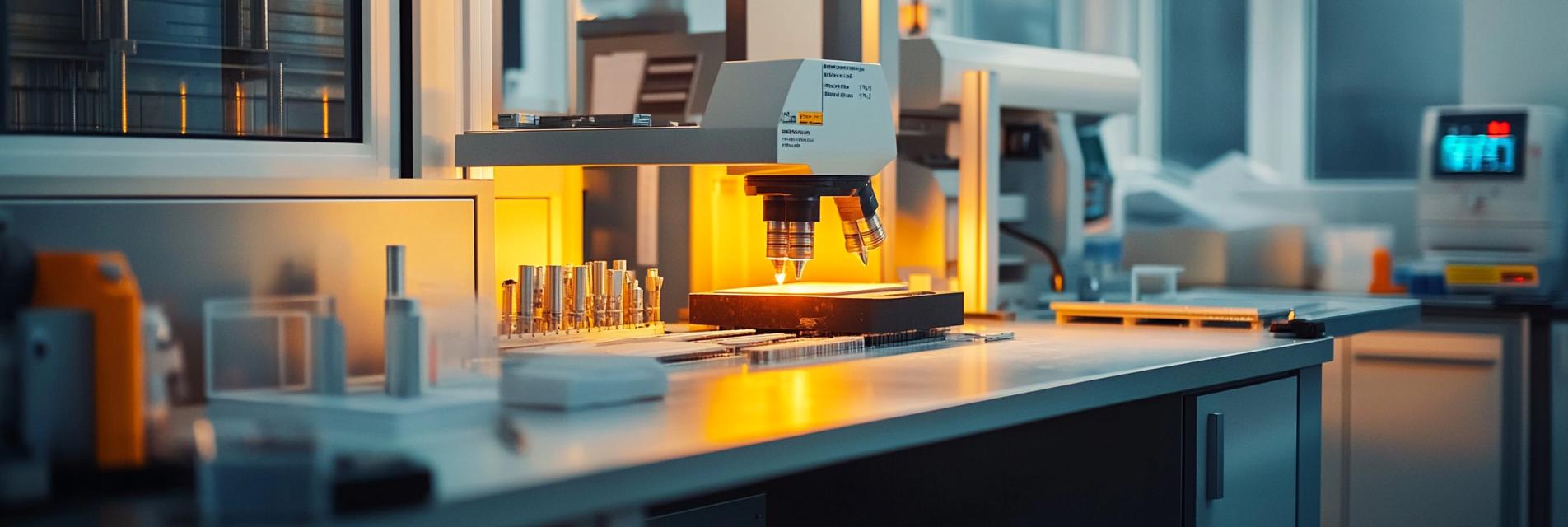As an industry professional, I've witnessed first-hand the challenges posed by graphite electrode dust. This problem is not only a nuisance but poses serious health and environmental risks. It's crucial to understand the user intent behind the search for effective solutions – understanding dust control methods is essential for maintaining workplace safety and complying with environmental regulations.
Wet processing methods have emerged as a leading solution to the dust problem. These strategies effectively bind dust particles, preventing them from becoming airborne. By implementing these techniques, industries can significantly reduce exposure to graphite dust, ensuring the safety of their workers and compliance with environmental regulations.
Our exploration of wet processing solutions is underpinned by reliable research and case studies. For instance, companies applying these methods have reported a decrease in dust levels by up to 80%. This substantial reduction not only enhances operational efficiency but also fosters a safer workplace.
To effectively incorporate wet processing in your operations, consider the following steps:
By following these steps, facilities can see marked improvements in both dust control and employee safety.
In conclusion, addressing graphite electrode dust through wet processing is not just an operational choice but a commitment to environmental safety and worker health. Staying informed about the latest technologies and practices will ensure that industries can continue to thrive while prioritizing safety. Let's embrace the change for a cleaner and safer tomorrow.

